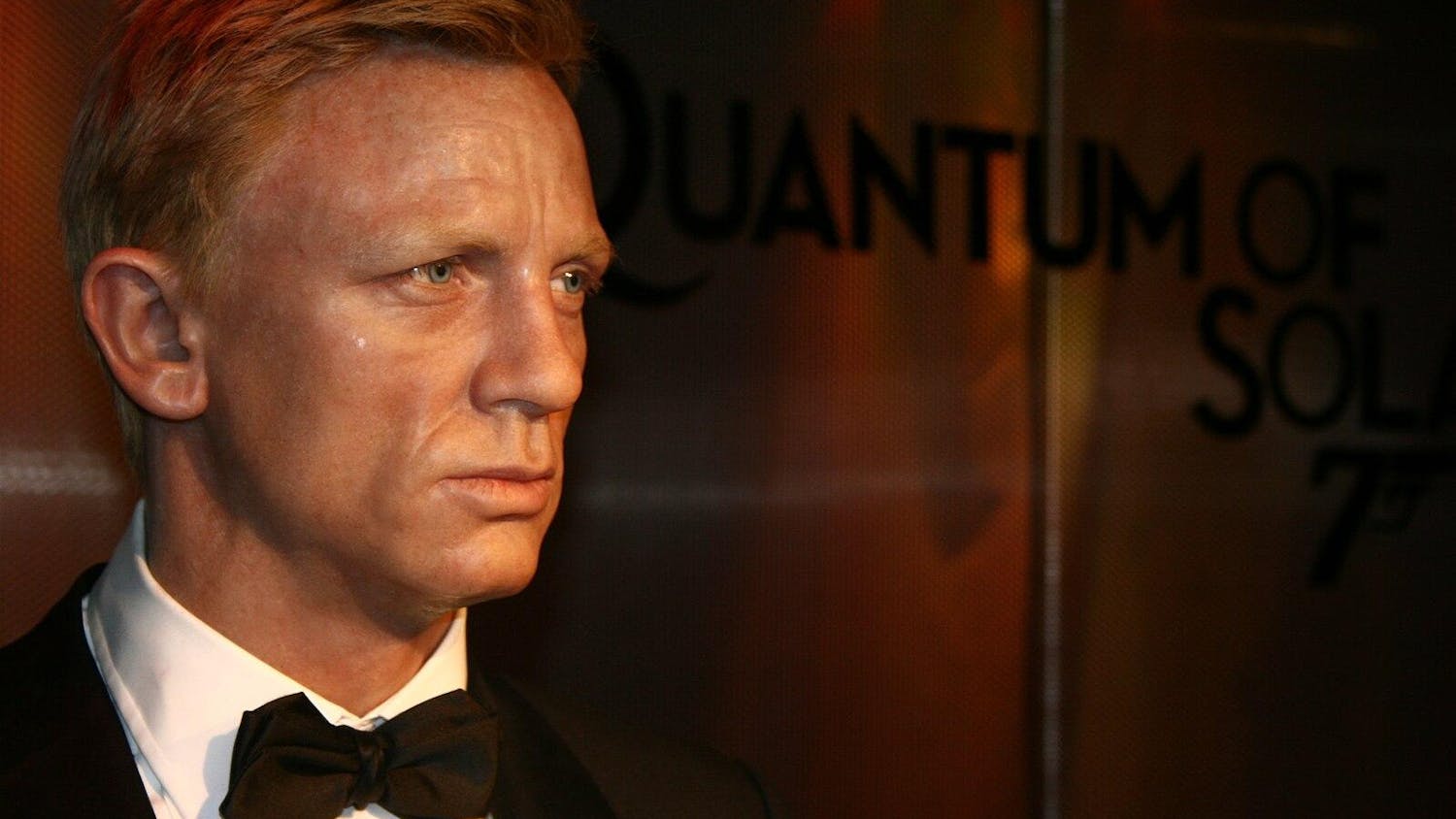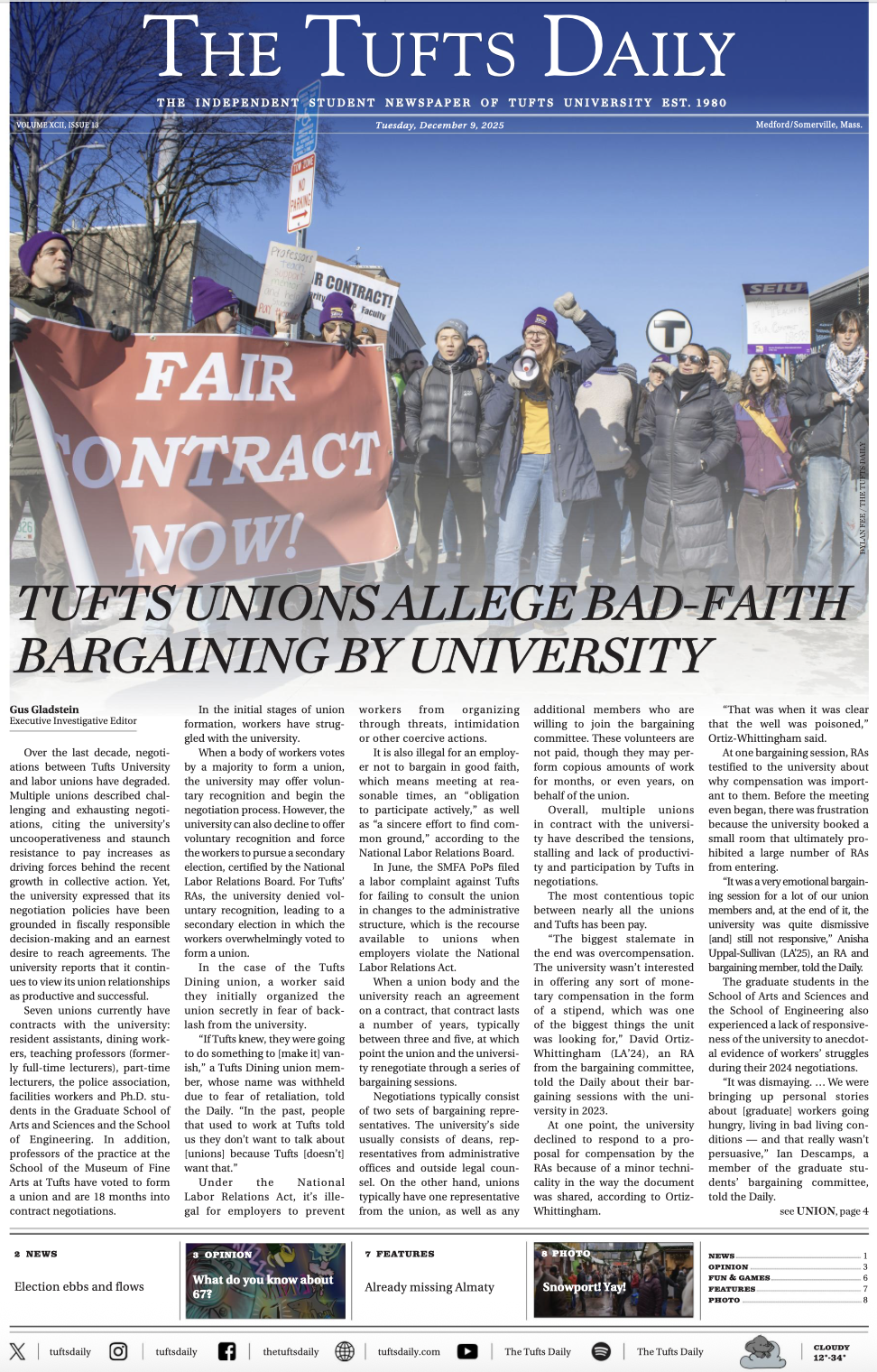When I was growing up, Taylor Swift was always around, but never in the foreground. I knew every word of “Love Story” before I knew the song’s name, and definitely before I called myself a fan. I eventually joined the onslaught of bona fide fans. Armed with over a decade’s worth of hindsight, it is clear to me what has made her so consistently compelling for so long, and it really all ties back to her ability to connect with listeners.
Millions of listeners worldwide all somehow feel heard by this musical titan. One hundred and forty million Instagram followers should keep a person from coming off as approachable, but her music effectively neutralizes her fame — and then some. What remains for serious fans is just a person making music, and her music is honest and emotional. Through her music, she opens up to her listeners in very universal ways about very accessible things, and this allows her fans to feel a real connection.
She also has gone through a handful of metamorphoses in music and persona. My music taste has evolved since Taylor Swift entered my library — as I’m sure is true for many of her other fans — so why shouldn’t hers evolve as well? Her willingness to stare back at the spotlight and put out music that genuinely reflects her own variety of interests humanizes her. She’ll fall on her face sometimes, but real people do that, too. Stardom never stopped her from making raw, authentic music, and this makes her compelling.
Swifts’s first album, "Taylor Swift," came out in 2006, and it put her on the map. She was one of the first artists to sign with Big Machine Records, and they made each other into absolute forces of the country industry. I think it is one of Swift’s weakest albums; a lot of the songwriting feels pretty unrefined, in a way that makes the delivery somewhat messy. While I hear the execution as sloppy coming from the total powerhouse that Swift becomes, it not only is defensible for a 16-year-old’s debut album, but a couple of frayed edges in her debut album are endearing. This album turned her into America’s sweetheart and it was largely because she was bursting at the seams with potential.
The capability of early Taylor got tapped into with “Fearless” (2008) and was fully realized in “Speak Now” (2010). Both albums are heavily influenced by country and bluegrass, and those songs frequented the charts. But even back then there were tastes of other genres; “Breathe”was co-written and co-recorded by singer-songwriter Colbie Caillat, and tapped more into the California folk/singer-songwriter tradition; “You’re Not Sorry” is a piano pop-rock ballad; “Better Than Revenge” sounds almost like a Paramore song; and “Enchanted” and “Innocent”are both five-minute rock ballads. Swift’s chart-topping songs rooted her firmly in the country industry, but for anybody diving deeper into her body of work than the radio allowed (though her hits were still very strong), it was clear she had her hands in a lot of musical pies.
As soon as she built herself a home within the country Billboard charts, she decided to pack up and move again. “Red” was released in 2012, which was the year of Carly Rae Jepsen's “Call Me Maybe” and the year before Capital Cities' "Safe and Sound." The early 2010s in pop music were defined by heavy doses of EDM as artists like Zedd and Calvin Harris, and songs like Katy Perry’s “Teenage Dream” (2010) started to climb the charts. Some of it was even bleeding into country music; Florida Georgia Line is known for tossing elements of pop and hip-hop into otherwise traditional country music,as can be heard in its breakout hit “Cruise” (2012).
"Red" includes loud and charismatic hits such as “22”, “I Knew You Were Trouble” and “We Are Never Getting Back Together”. Swift worked a lot with Max Martin, who produced Backstreet Boys’ “I Want It That Way” (1999), Ariana Grande’s “Into You” (2016) and upward of 30 other hits.This was a conscious attempt by Swift to essentially emulate pop in the hopes of being able to slide into the scene. These songs all have driving drum lines and catchy choruses, and they’re very melody-driven as opposed to lyric-driven. And this is the pop music mantra: Effective pop melodies are supposed to be catchy and infectious, and nobody does that better than Swift.
But having multiple sides to her artistry isn’t destructive and certainly not disingenuous for Swift; she just wants to have her cake and eat it, too. She wants stadiums and light shows when she wants them, and she wants acoustic guitars and lighters as well, and she can clearly knock both out of the park. It takes a lot of insight to recognize, as an artist, that she can be more than her primary ‘sound’ or ‘mood’ for her listeners, and it takes a lot of confidence to act on that.
She took less time to get settled in pop than she did with country. In 2013 she released “Sweeter Than Fiction” for the movie “One Chance,” which marked her first official collaboration with producer Jack Antonoff, known from the bands fun. and Bleachers.
In terms of sonic emulation of the pop genre, “Sweeter Than Fiction” blows “Red” out of the water. In aninterview, Antonoff stated that the sound the two would ultimately concoct was inspired by Yazoo’s “Only You” (1982). “Sweeter Than Fiction” draws heavily from this branch of 1980s pop; there are synthesizers, vintage drum machines and a key change in every chorus. Antonoff has spent his whole career around this sound palette, but it was new to Swift. This song was never expected to appear on an album and never has; it was never meant to be indicative of any type of musical shift and wouldn’t have been, if not for the album that followed it.
“1989” (2014) proved that “Sweeter Than Fiction” was not a fluke and instead a mark of things to come. The 1980s pop sound is the crux of this album, as it is for “Reputation” (2017) and “Lover" (2019), all three of which were produced by Antonoff.
Just when Swift was getting cozy in another genre, she turned her perceived musical wheelhouse on its head again. In the midst of quarantine, she released “folklore” (2020) with no promo and no pre-release singles. Like actual folklore, the music just fell into existence, and based on how the album sounds, it is likely that was the experience for Swift as well.
The songs of "folklore" feel very stream of consciousness-esque and are much less pop-oriented than what we are used to hearing from her. It really sounds like it spilled from her brain directly onto Spotify; the album seems to capture the raw, untethered creativity of a songwriting virtuoso trapped at home just like the rest of the world. A lot of the album revolves around an upright piano, and on “Exile” (co-written and co-recorded with the iconic folk group Bon Iver) the creaks and bumps from Swift’s own piano can be clearly heard. Not only is the background noise not refined in this album, it becomes part of the experience. The wall between the music in Swift’s mind and the music that comes out of her is now razor-thin.
“folklore” is so exciting because it seems to mark some kind of arrival. That isn’t to say she’ll never visit other genres again — I hope she does — but there used to be a franticness to her reinvention and to her work, and in its place “folklore” has only tranquility and peace. With 10 Grammysand eight studio albums, she has absolutely nothing to prove, and she knows it. She appears to finally be totally comfortable in her own skin, wherever that takes her musically.






